Perceived barriers and facilitators to school social work practice: A mixed-methods study
Document Type
Article
Publication Date
1-1-2012
Abstract
Understanding barriers to practice is a growing area within school social work research. Using a convenience sample of 284 school social workers, this study replicates the efforts of a mixed-method investigation designed to identify barriers and facilitators to school social work practice within different geographic locations. Time constraints and caseloads were found to be the most commonly cited barriers to practice, and respondents from urban locations reported the highest number of barriers when compared with those from suburban and rural settings. As a single category, school staff collaboration, communication, cooperation, and attitudes was cited as the most common facilitator and the highest ranked facilitator of practice. The authors conclude that differences in perceived barriers among locations highlight the importance of understanding the dynamics and unique needs of a given service area. Suggestions for future research directions are provided, and implications for skills development, education, and professional development aimed at the amelioration of barriers to school social work intervention are discussed. © 2012 National Association of Social Workers.
Recommended Citation
Teasley, Martell; Canifield, James P.; Archuleta, Adrian J.; Crutchfield, Jandel; and Chavis, Annie Mc Cullough, "Perceived barriers and facilitators to school social work practice: A mixed-methods study" (2012). College of Humanities and Social Sciences. 375.
https://digitalcommons.uncfsu.edu/college_humanities_social_sciences/375


